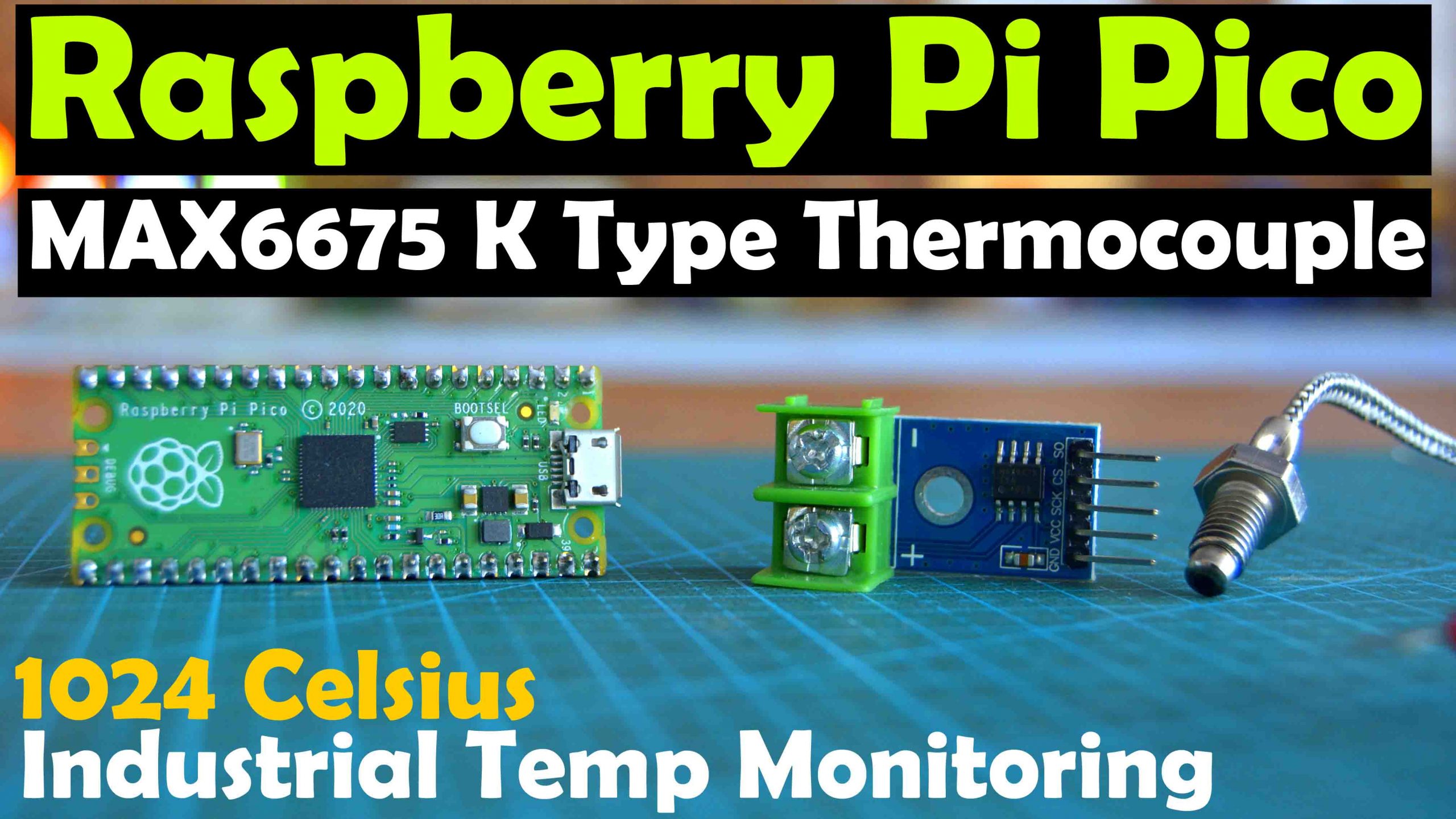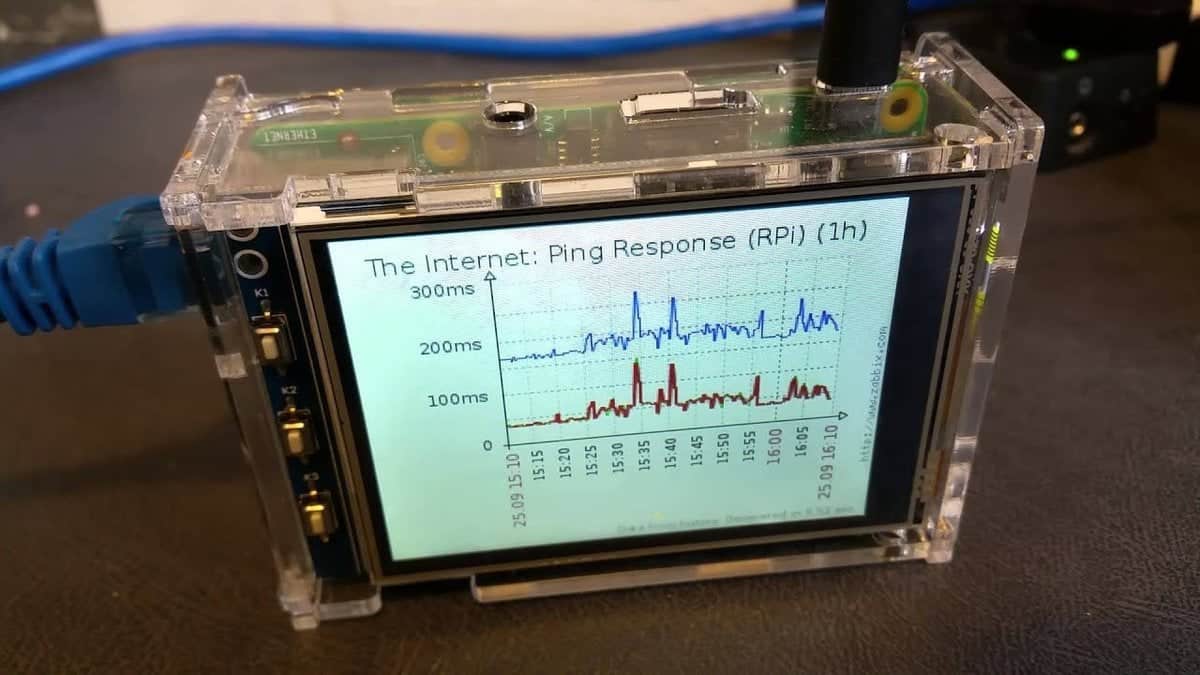In today's digital age, remote IoT monitoring using Raspberry Pi has become an essential solution for managing devices and systems from anywhere in the world. Whether you're a tech enthusiast, an entrepreneur, or a professional in the IoT field, understanding how to set up and optimize remote monitoring systems can revolutionize the way you work. This guide will walk you through everything you need to know about creating the best remote IoT monitoring system using Raspberry Pi.
IoT (Internet of Things) technology is transforming industries by enabling seamless connectivity between devices. One of the most cost-effective and versatile tools for implementing IoT solutions is the Raspberry Pi, a small yet powerful single-board computer. With its flexibility and open-source capabilities, Raspberry Pi has become the go-to choice for developers and hobbyists alike.
This article will provide you with a detailed overview of the best practices for remote IoT monitoring using Raspberry Pi. From setting up the hardware and software to optimizing performance and ensuring security, we'll cover it all. Let's dive in and explore how you can leverage this incredible technology to enhance your IoT projects.
Read also:All Movies Hubin Your Ultimate Destination For Movie Downloads
Table of Contents
- Introduction
- Raspberry Pi Overview
- Benefits of Remote IoT Monitoring
- Hardware Requirements
- Software Setup
- Network Configuration
- Data Security
- Remote Access Options
- Optimizing Performance
- Real-World Applications
- Conclusion
Raspberry Pi Overview
Raspberry Pi is a compact and affordable single-board computer designed to promote learning and innovation in computing. It has gained immense popularity among developers, educators, and hobbyists due to its versatility and ease of use. In the context of remote IoT monitoring, Raspberry Pi serves as the central hub for collecting, processing, and transmitting data from connected devices.
Key Features of Raspberry Pi:
- Compact size and lightweight design
- Multiple GPIO pins for interfacing with sensors and actuators
- Support for various operating systems, including Raspbian, Ubuntu, and others
- Capable of running complex applications and services
Raspberry Pi's affordability and flexibility make it an ideal choice for building remote IoT monitoring systems. Whether you're monitoring environmental conditions, tracking asset performance, or managing smart home devices, Raspberry Pi provides the foundation for creating robust and scalable solutions.
Benefits of Remote IoT Monitoring
Remote IoT monitoring offers numerous advantages that make it an indispensable tool for modern businesses and individuals. By leveraging Raspberry Pi, you can unlock the full potential of IoT technology and streamline your operations. Below are some key benefits:
Increased Efficiency
With remote IoT monitoring, you can automate routine tasks and gain real-time insights into your systems. This reduces manual intervention and allows you to focus on more critical aspects of your business.
Cost Savings
Implementing remote monitoring solutions can significantly reduce operational costs by minimizing the need for on-site visits and maintenance. Additionally, early detection of issues can prevent costly downtime and repairs.
Read also:Salt Trick To Enlarge The Ultimate Guide To Understanding And Maximizing Its Potential
Enhanced Decision-Making
Access to accurate and timely data enables you to make informed decisions that drive business growth and innovation. By analyzing trends and patterns, you can optimize processes and improve overall performance.
Hardware Requirements
To set up a remote IoT monitoring system using Raspberry Pi, you'll need the following hardware components:
- Raspberry Pi board (model 3B+, 4, or later recommended)
- MicroSD card with pre-installed operating system
- Power supply (official Raspberry Pi power adapter)
- WiFi dongle or Ethernet cable (if wireless connectivity is required)
- Sensors and actuators (temperature, humidity, motion, etc.)
- Breadboard and jumper wires for prototyping
Investing in high-quality components is crucial for ensuring the reliability and longevity of your IoT system. Additionally, consider using a case to protect your Raspberry Pi from dust and physical damage.
Software Setup
Once you have all the necessary hardware, the next step is to configure the software environment for your remote IoT monitoring system. Below is a step-by-step guide to help you get started:
Step 1: Install the Operating System
Download the latest version of Raspberry Pi OS (formerly Raspbian) and flash it onto your MicroSD card using a tool like Balena Etcher or Raspberry Pi Imager.
Step 2: Enable SSH and WiFi
Before booting your Raspberry Pi, create an empty file named "ssh" in the root directory of the MicroSD card to enable SSH access. Additionally, create a "wpa_supplicant.conf" file to configure WiFi settings.
Step 3: Install Required Libraries
Update your system and install necessary libraries for sensor integration and data processing. For example:
- Python libraries such as RPi.GPIO, Adafruit_DHT, and matplotlib
- Node-RED for visual programming and automation
- Mosquitto for MQTT-based communication
Network Configuration
Proper network configuration is essential for enabling remote access to your Raspberry Pi. Follow these steps to ensure secure and reliable connectivity:
Static IP Address
Assign a static IP address to your Raspberry Pi to avoid connectivity issues caused by DHCP. This can be done by editing the network interface configuration file.
Port Forwarding
Set up port forwarding on your router to allow external access to your Raspberry Pi. Common ports used for remote IoT monitoring include 22 (SSH), 80 (HTTP), and 443 (HTTPS).
DDNS (Dynamic DNS)
Use a DDNS service to map your dynamic IP address to a fixed domain name. This makes it easier to access your Raspberry Pi from anywhere in the world.
Data Security
Security is a critical consideration when implementing remote IoT monitoring systems. Here are some best practices to protect your data and devices:
- Use strong passwords and enable two-factor authentication (2FA)
- Regularly update your operating system and software packages
- Encrypt sensitive data using SSL/TLS certificates
- Implement firewall rules to restrict unauthorized access
By following these security measures, you can safeguard your IoT system from potential threats and ensure the integrity of your data.
Remote Access Options
There are several methods for accessing your Raspberry Pi remotely. Choose the option that best suits your needs:
SSH (Secure Shell)
SSH is a secure protocol for remote command-line access. It allows you to manage your Raspberry Pi from any device with an SSH client installed.
VNC (Virtual Network Computing)
VNC provides a graphical interface for remote access, enabling you to interact with your Raspberry Pi as if you were sitting in front of it.
Web Interface
Create a web-based interface using frameworks like Flask or Django to monitor and control your IoT devices from a browser.
Optimizing Performance
To ensure optimal performance of your remote IoT monitoring system, consider the following tips:
- Monitor system resources (CPU, memory, disk usage) using tools like htop or glances
- Optimize code and reduce unnecessary processes to minimize resource consumption
- Implement caching mechanisms to speed up data retrieval
- Use lightweight operating systems and applications to reduce overhead
By fine-tuning your setup, you can improve the responsiveness and efficiency of your IoT system.
Real-World Applications
Remote IoT monitoring using Raspberry Pi has a wide range of applications across various industries. Some examples include:
Smart Agriculture
Monitor soil moisture, temperature, and humidity levels to optimize crop growth and water usage.
Industrial Automation
Track machine performance and predict maintenance needs to minimize downtime and improve productivity.
Healthcare
Remotely monitor patients' vital signs and alert healthcare providers in case of anomalies.
Smart Home
Control lighting, heating, and security systems from anywhere to enhance comfort and security.
Conclusion
In conclusion, remote IoT monitoring using Raspberry Pi offers a powerful and flexible solution for managing devices and systems remotely. By following the guidelines outlined in this article, you can create a robust and secure IoT system that meets your specific needs.
We encourage you to experiment with different configurations and applications to fully explore the capabilities of Raspberry Pi. Don't forget to share your experiences and insights in the comments section below. Additionally, feel free to explore other articles on our site for more information on IoT and related technologies.
Thank you for reading, and happy tinkering!


